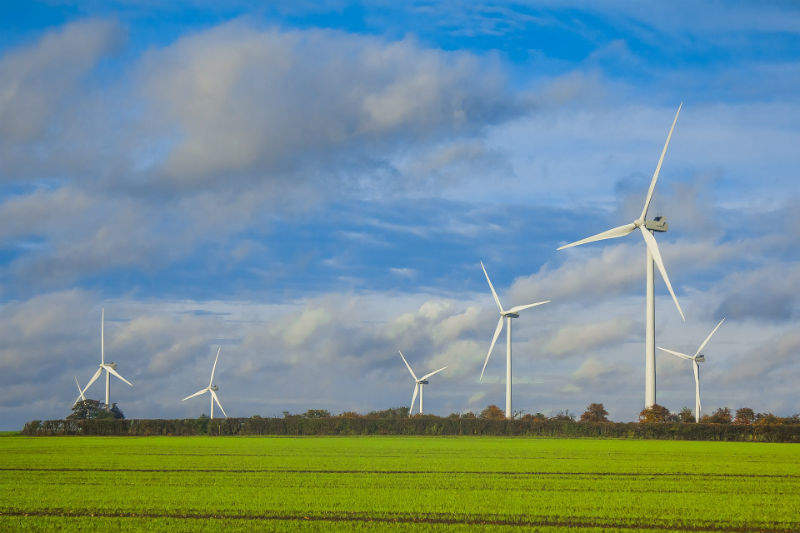
The UK renewable energy capacity has surpassed fossil fuels for the first time, which is being described as a ‘major milestone’ for the industry, despite fears that a no-deal Brexit could de-stabilise the power sector.
Renewable energy capacity has grown in the UK from 19.5GW in 2013 to 41.9GW currently, while fossil fuels’ capacity has fallen by one-third. The latter is in part due to power plants becoming uneconomic or reaching the end of their production lifespans.
Between July and September 2018, the total energy capacity generated by renewables sources, including wind, solar, biomass and hydropower, climbed to 41.9GW, surpassing the 41.2GW capacity produced from coal, oil and gas.
The findings formed part of a study conducted by Imperial College London (Imperial) and commissioned by fossil fuel company Drax. It highlighted that the rate of UK renewable energy growth was faster than the ‘dash for gas’ era in the 1990s.
Imperial researcher and lecturer in sustainable energy Dr Ian Staffell wrote in a Drax news report: “Britain’s power system is slowly but surely walking away from fossil fuels, and this quarter saw a major milestone on the journey.”
For now, the amount of electricity generated from fossil fuels was still greater in the third quarter of 2018, generating around 40% of the UK’s electricity, compared to 28% for renewable sources.

US Tariffs are shifting - will you react or anticipate?
Don’t let policy changes catch you off guard. Stay proactive with real-time data and expert analysis.
By GlobalDataHowever, 57% of all electricity generated in the UK was classed as low carbon in Q3, produced by UK renewable energy sources including nuclear power stations.
Imperial’s research found that wind power had the highest installed capacity across the renewables sector, with more than 20GW, followed by solar power and biomass.
It also found that the cost of balancing the UK’s energy mix had risen to a 10-year high of £3.8m per day in Q3. Balancing is essential due to the fact that renewables can be inconsistent and vary production from day to day.
The decline of UK fossil fuels
There are currently only six active coal-fired power plants remaining in the UK, after it was announced that Northern Ireland’s Killroot plant was set to close in May in this year (although this is yet to happen) and the Eggborough coal plant in Yorkshire began the process of decommission and demolition in September 2018.
The planned closures have led to a reduction in coal capacity by 25%. Coal operators have been affected by the UK’s carbon tax, while facing competition from natural gas, which is viewed as a low carbon alternative.
Professional services firm EY has warned that a failure to secure a Brexit deal could lead to uncertainty in the UK power sector, adding that the UK has already dropped one place to 8th position for renewables investment.
EY global power and utilities corporate finance leader Ben Warren said: “An uncertain world market has characterised the latest index, with some of the majors waiting to see how geopolitical fortunes play out – including Brexit and ongoing trade hostility.”
It was announced this week that German energy company RWE has frozen proposals to build a new 2.5GW gas plant in Essex. However, UK-based SSE has made progress for a new 840MW gas power plant in Lincolnshire.



